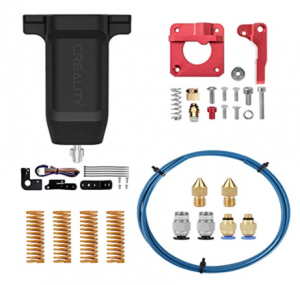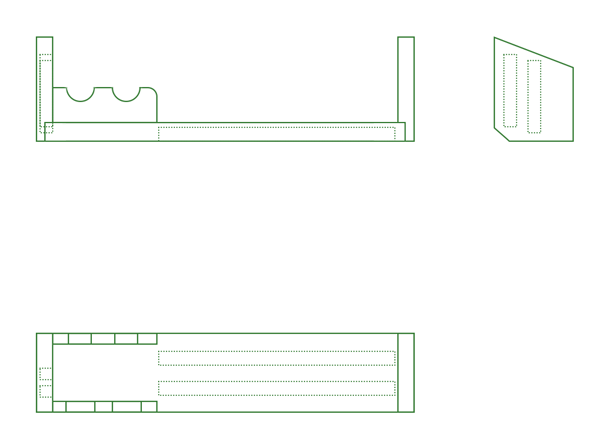The Gecko was running for a bit, but I’m going to make some changes to it. The Z axis is messed up, and slips once you try to move about 50mm above the bed.
 I’ve been following the different Voron builds lately, and I really like the gantry support used in the Voron 2.4 – using linear rails, steppers and belts at each corner. I also like the electronics arrangement – particularly the DIN rails to mount everything to.
I’ve been following the different Voron builds lately, and I really like the gantry support used in the Voron 2.4 – using linear rails, steppers and belts at each corner. I also like the electronics arrangement – particularly the DIN rails to mount everything to.
I would also like to build a Voron 0.1 – the small size is amazing, as well as the speed. I first saw it on the CNC Kitchen youtube channel.
So here’s my initial checklist:
- modify the existing gantry of the Gecko to use the Z drive approach of the Voron 2.4.
- I like the Voron 0.8 approach to the electronics – mounting them at the back of the printer. Would be so much easier to work on, rather than flipping the printer over.
- replace the Lerdge S board with a BigTreeTech Octopus.
- I want to move away from the E3D Titan extruder, and will see if I can use the Afterburner or StealthBurner tool end designs with the current Gecko gantry. Ultimately I may just end up building a new gantry as well, and just convert the Gecko completely to a Voron instead of a Geckostein 🙂
I’ve set up an Ender 3 v2, and for the most part, it is stock. I did pick up an upgrade bundle from Amazon, and also a Micro Swiss all metal hotend from RepRapWarehouse.

However, I’ve only installed the CR-Touch (and updated the firmware), and the bed spring upgrades – and I’ve been very happy with the prints – PLA, PETG, and ABS – very impressive for such an inexpensive printer! I’ll hold off with the rest of the upgrades until stuff actually fails. When that happens, I think I might also switch to the Micro Swiss direct extruder as well – but we’ll see!










